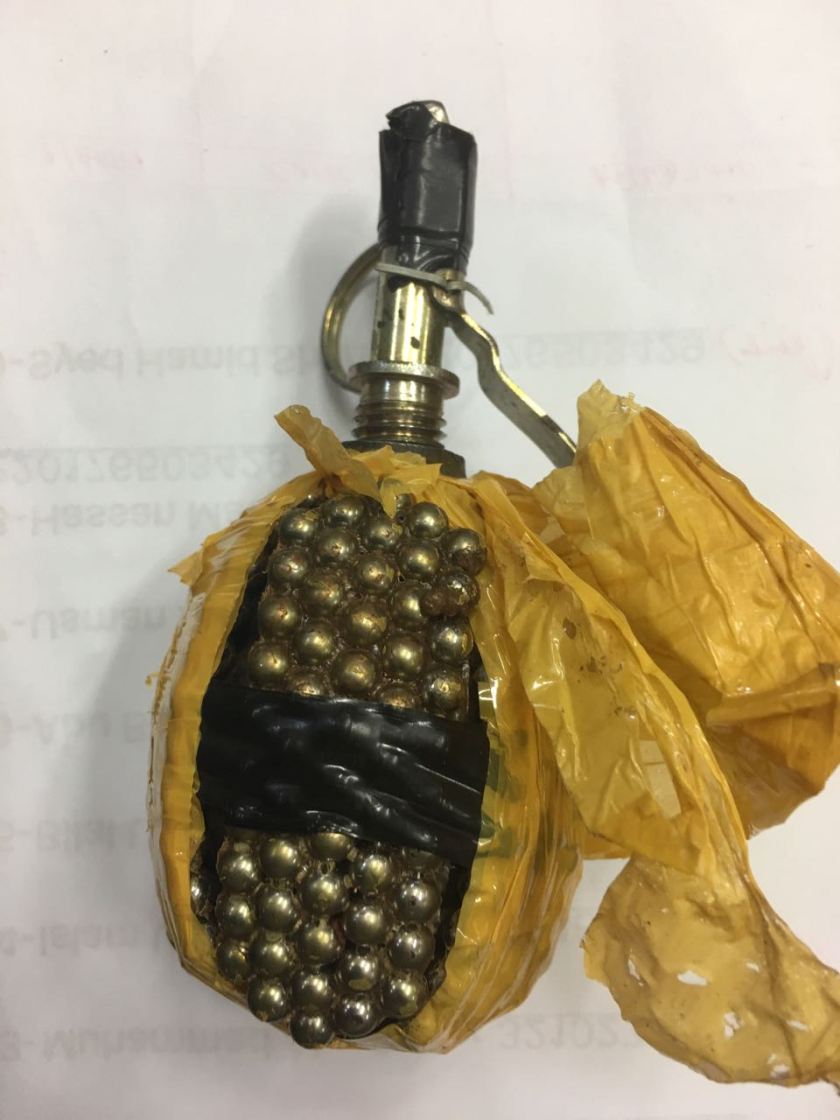
Naimat Khan

KARACHI: Terrorists in Pakistan do not rely on industrial grade bombs. Instead, to target both law enforcers and ordinary civilians, they have relied on their own specialized cadres to make different kinds of bombs. On April 12, 2016, Karachi Police’s Counter Terror Department unearthed a facility used to make bombs in the Gadap town. In the raid one bomb maker named Muhammad Mujtaba aka Rehan was eliminated. One of his accomplices, named Abdul Saboor aka Hamad was killed, whereas anther, named Muhammad Murtaza, was arrested. Police also recovered 80 kg of explosive material, circuits, ball bearings, bottle bombs, tennis ball bombs, bomb manufacturing material, laptop, memory cards, and USBs.
Raja Umar Khattab, senior counter terrorism official who led the raid, told this scribe that the arrested Muhammad Murtaza aka Abu Huraira claims that the dead Rehan was the last expert bomb maker alive in the city. Rehan was the protege of Hashim aka Babu, a master bomb marker with 14 years of experience, especially car bombs. Babu was killed in a gunfight with the police in April 2015.
After Babu – who had put together the bomb manufacturing setup in Gadap town and supplied explosive devices to one Abdus Salam Sindhi of Liaquatabad – was killed, the Counter Terror Department’s assessment was that it had set back AQIS’s bomb making capability significantly. “After that shoot out, I thought that this was it. As I had extensively worked on hunting the bomb makers and dented all three groups – the brainwashers, the hit-men and bomb makers – of Al Qaeda in Indian Subcontinent (AQIS), I believed that no locally made lethal weapon will be used by terrorists, at least for next couple of years,” Khattab told The Frontier Post.

But six months later, on October 17, 2016, the police were surprised when terrorists hurled hand grenades at an Imambargah in Liaquatabad killing one child and leaving several women hurt. Media reported it as cracker blast. “For a while I believed that my assessment after April had been wrong,” Khattab told and added “but when we arrested Ishaq Booby and Asim Capri, accused of Amjad Sabri’s murder, they disclosed that they had hit the Shia Majlis with grenade having ball bearing wrapped to it”.
“The terrorists had wrapped ball bearings with it for ensuring it results maximum fatalities.” It was clear to Khattab then that Taliban and AQIS were innovating around their constraints.
In March 2013, the BBC Urdu first reported terrorists – normally knowing for using Russian made hand grenades and smoke grenades – were using the tennis ball bomb. The tennis ball bomb was an invention of the Taliban, according to the Police, working like a small bomb or cracker but had a bigger sound impact. Taliban increased its lethality by adding ball bearings of 2mm and nails. Such tennis ball bombs were made at the factory in Gadap Town.
The loss of the bomb making facility at Gadap is likely to hurt the Taliban as it comes on the back of sustained counter terror efforts by the law enforcement agencies.
“We have always known the TTP uses local bomb making factories, but with the success of Zarb-e-Azb, we know that their capabilities have been decimated,” according to Khalid Muhammad, Director General – CommandEleve, adding, “We also know that they have ‘imported’ bomb makers from AQAP and IS Khorasan to give them a more logistic advantage in quick hit attacks with IEDs, much like the tennis ball or shoe bomb”.
Muhammad is of the view that the security agencies must shut down capabilities of terrorists comprehensively, which they are currently doing.
“Second, we must get ahead of their technology by understanding what technology these groups have used in other battle spaces like Iraq and Syria,” he concludes.
They are for maximum terrorism, whether inventing new or adding more lethality to the factory-made, the terrorists will continue their search for deadly weapons to use, said another analyst.
Published in The Frontier Post






